たいらとしこ
TAIRA, Toshiko.
平良敏子
喜如嘉の芭蕉布
重要無形文化財保持者(人間国宝)・日本工芸会正会員
「喜如嘉といえば芭蕉布」と言われるまでに。
1920年、沖縄県国頭郡大宜味村喜如嘉に生まれ、現在は「喜如嘉の芭蕉布保存会」代表を務められる平良敏子さん。芭蕉布づくりは、芭蕉の栽培、伐採、苧績み、染め、織りとどの工程をとっても短時間で習得できるものはなく、後継者育成に尽力されています。 平良敏子さんは、20代で勤労隊として倉敷に赴き、帰郷の折に倉敷紡績・社長の大原総一郎氏と民藝運動のリーダーの一人・外村吉之助氏から「沖縄の織物を守り育てて欲しい」との言葉をかけられたとのこと。思いを真摯に受け止め、様々な出来事を乗り越えて尚芭蕉布と共に生き、技術を磨き、後継者育成に励み、1974年には「喜如嘉の芭蕉布保存会」が国指定の重要無形文化財保持団体として認定を受け、2000年には平良敏子さん個人が重要無形文化財「芭蕉布」の保持者に認定、人間国宝となられました。2002年には「勲四等宝冠章」が授与されています。
銀座もとじ和織 2015年 喜如嘉の芭蕉布展
TAIRA,Toshiko.
Bashofu
Taira Toshiko was born in 1920 in Kinyoka, Ogimi Village, Kunigami-gun, Okinawa Prefecture, and served as the representative of the "Kinyoka Bashofu Preservation Society.
Bashofu, is a type of textile made using the fiber from the basho tree, which is a type of banana tree. It is a process that takes many years to master, as there are many many steps from involved in its creation. First the tree must be planted and once mature, the trees are cut down, and their bark is split to extract the fibers. These fibers are then hand-knotted together to create longer threads for weaving. The threads are dyed and skilled artisans weave them into fabric using traditional looms.
In her twenties, Taira went to Kurashiki as a laborer and upon her return, she was approached by Mr. Souichirou Ohara, the president of Kurashiki Spinning Company, and Mr. Yoshinosuke Tomura, one of the leaders of the Mingei movement, who asked her to work on protecting Okinawan textiles. Taira sincerely embraced their request, overcame various challenges, and dedicated herself to Bashofu. She honed her skills, worked on training successors, and in 1974, the "Kijoka Bashofu Preservation Society" was recognized as a designated holder of Important Intangible Cultural Property by the government. In 2000, Taira herself was recognized as the holder of the Important Intangible Cultural Property "Bashofu," and was designated as a Living National Treasure. In 2002, she was awarded the "Order of the Precious Crown, 4th Class."
Ginza Moji Waori 2015 Bashofu Exhibition
1946年 岡山県倉敷市にて外村吉之助氏に師事
1963年 芭蕉布織物工房を本格的に主催
1965年 沖縄タイムス文化賞受賞
1973年 労働大臣より卓越技能賞受賞「現代の名工」となる
1974年 喜如嘉の芭蕉布保存会代表となる
喜如嘉の芭蕉布が国の重要無形文化財に認定される
1980年 日本工芸会正会員に推挙される。黄綬褒章授与
2000年 重要無形文化財「芭蕉布」保持者
2002年 勲四等宝冠章授与
この作家の作品
This Artisan’s
Products
Products
この作家の
作品が含まれる
コーディネート
Coordinates
with
This Artisan's
Product
作品が含まれる
コーディネート Coordinates
with
This Artisan's
Product
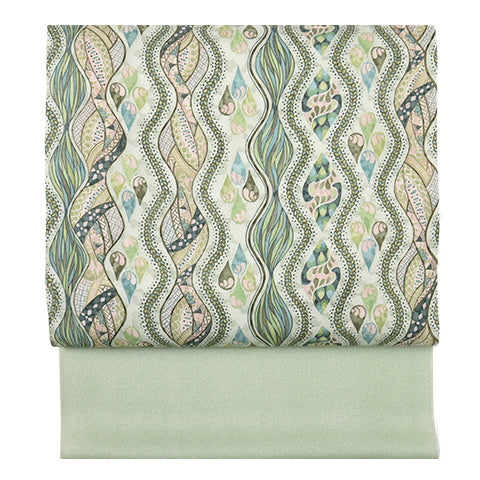 名古屋帯
名古屋帯
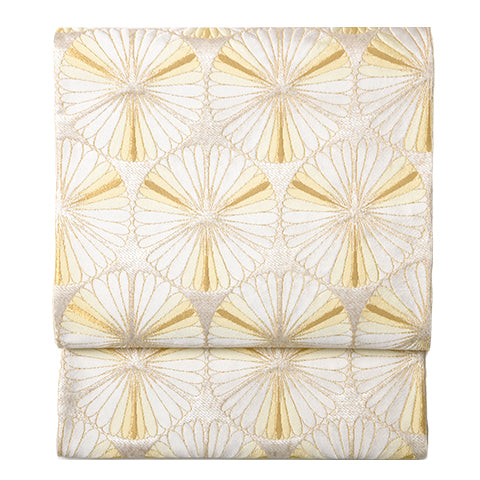 袋帯
袋帯
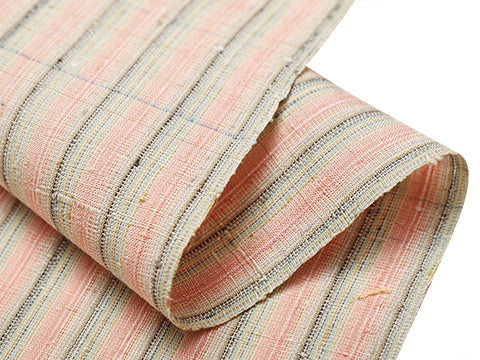 紬・綿・自然布
紬・綿・自然布
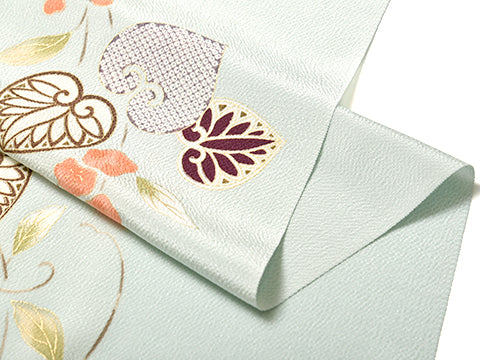 小紋・江戸小紋
小紋・江戸小紋
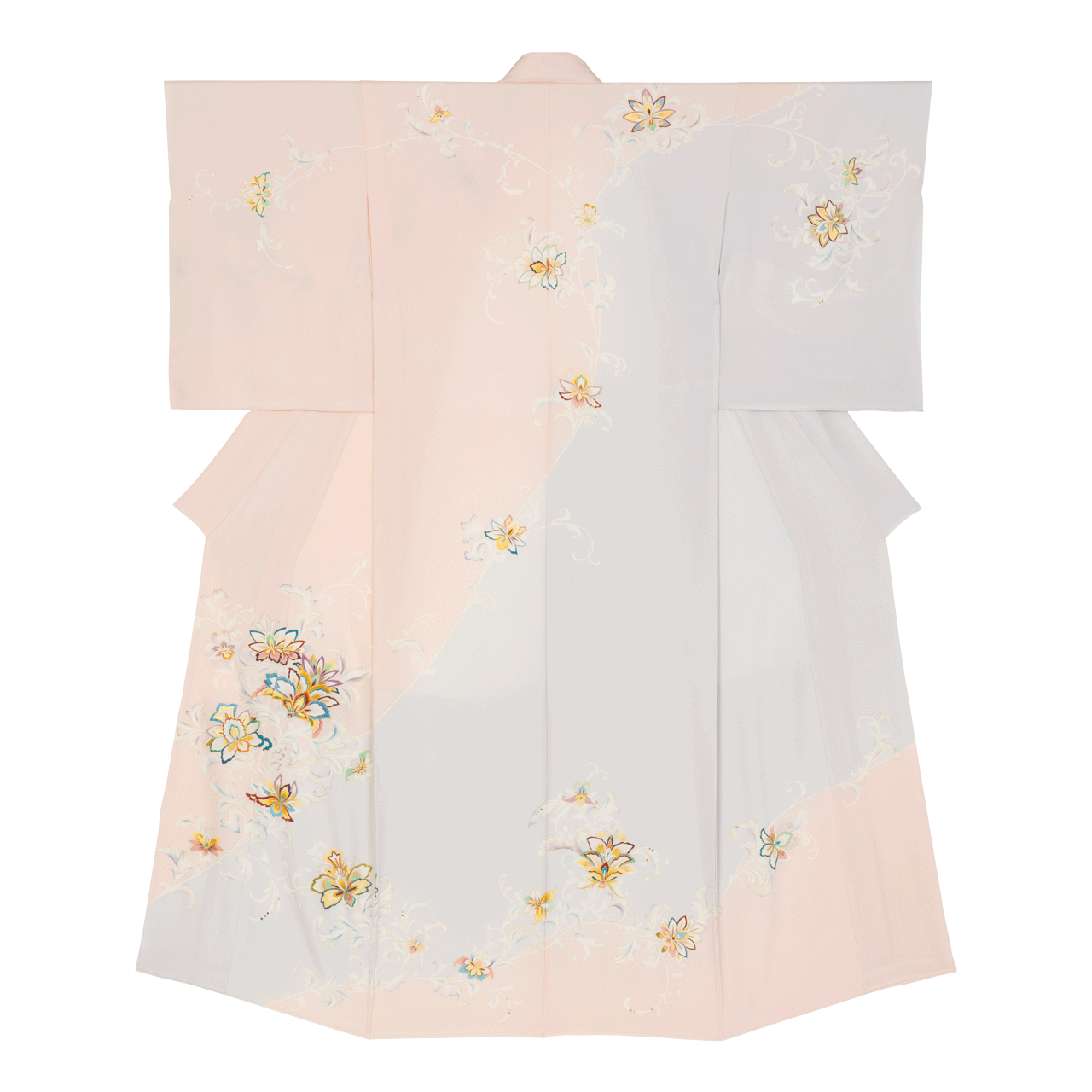 訪問着・付下げ・色無地ほか
訪問着・付下げ・色無地ほか
 浴衣・半巾帯
浴衣・半巾帯
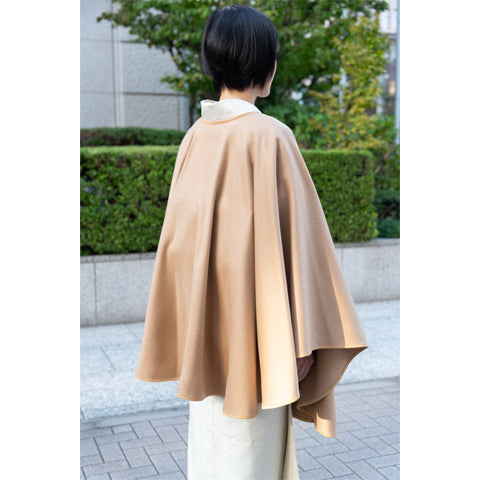 羽織・コート
羽織・コート
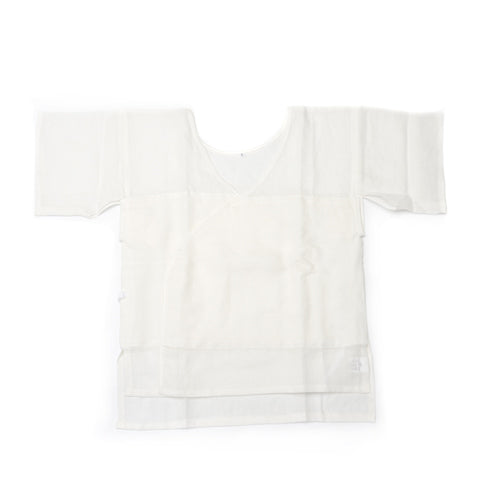 肌着
肌着
 小物
小物
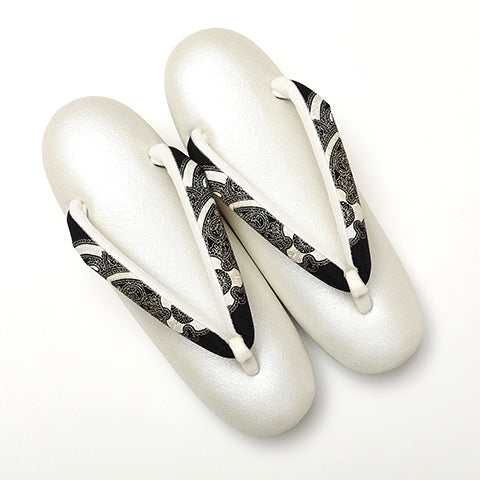 履物
履物
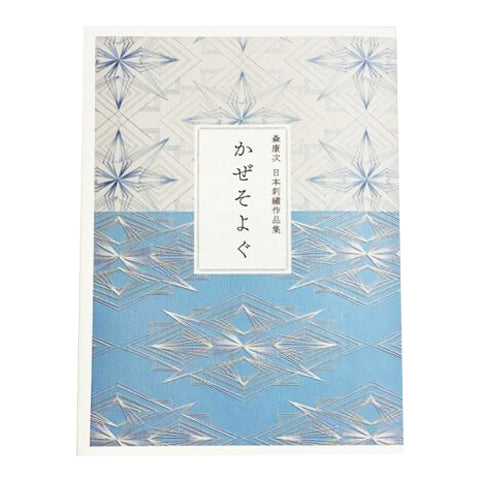 書籍
書籍
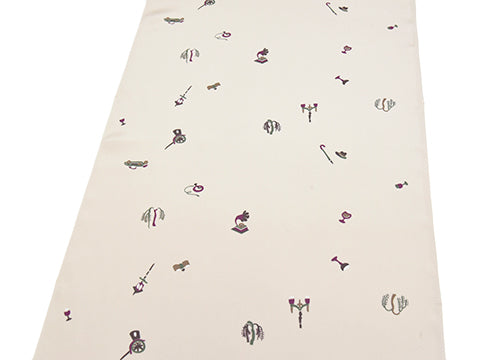 長襦袢
長襦袢
 小物
小物
 帯
帯
 お召
お召
 小紋・江戸小紋
小紋・江戸小紋
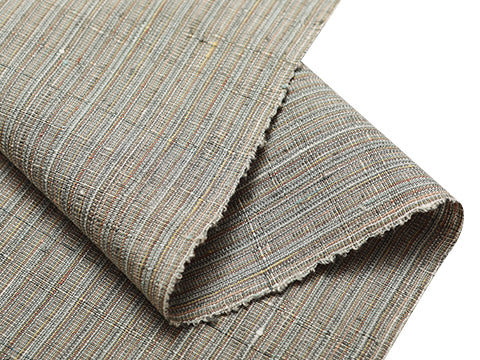 紬・綿・自然布
紬・綿・自然布
 袴
袴
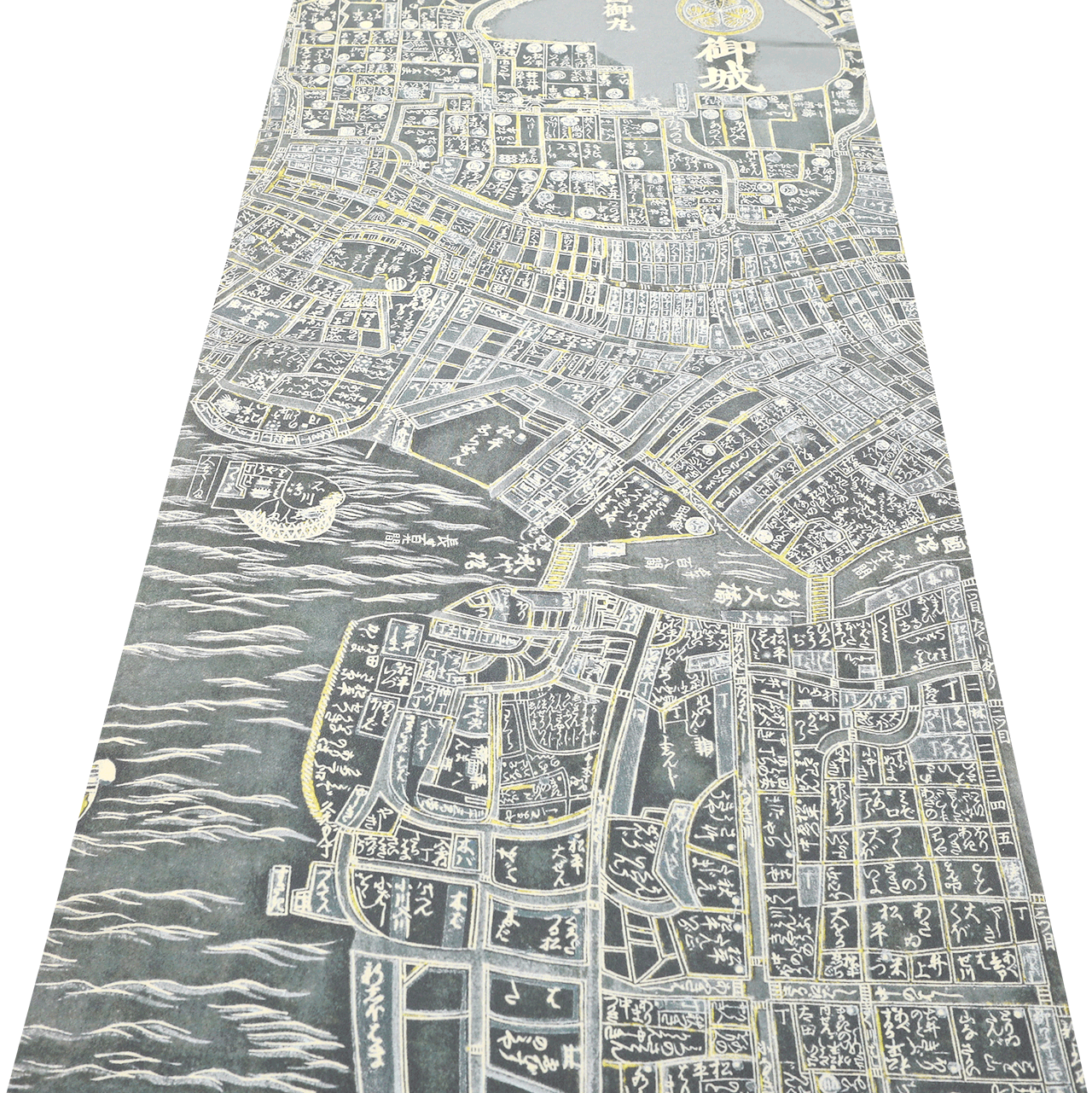 長襦袢
長襦袢
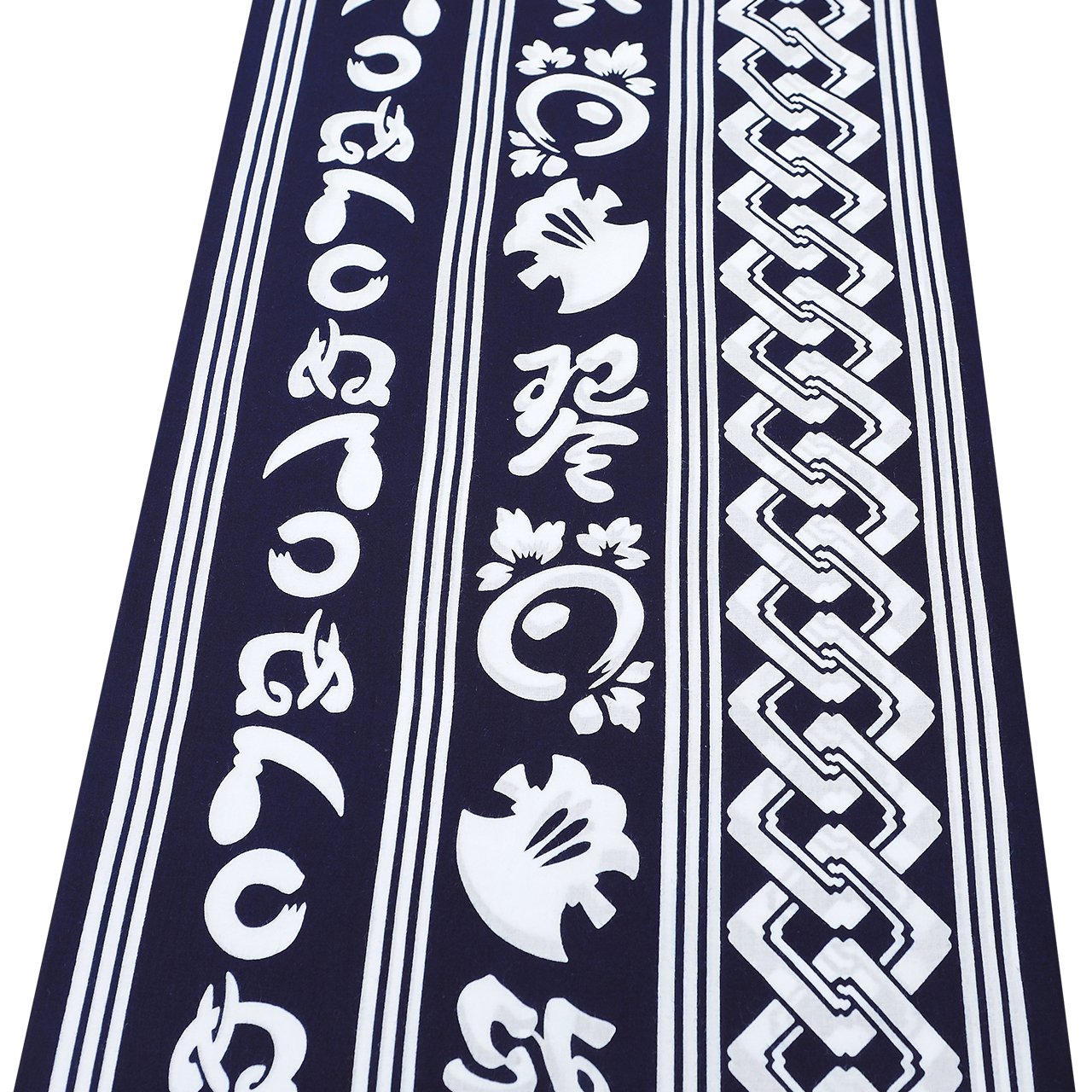 浴衣
浴衣
 羽織・コート
羽織・コート
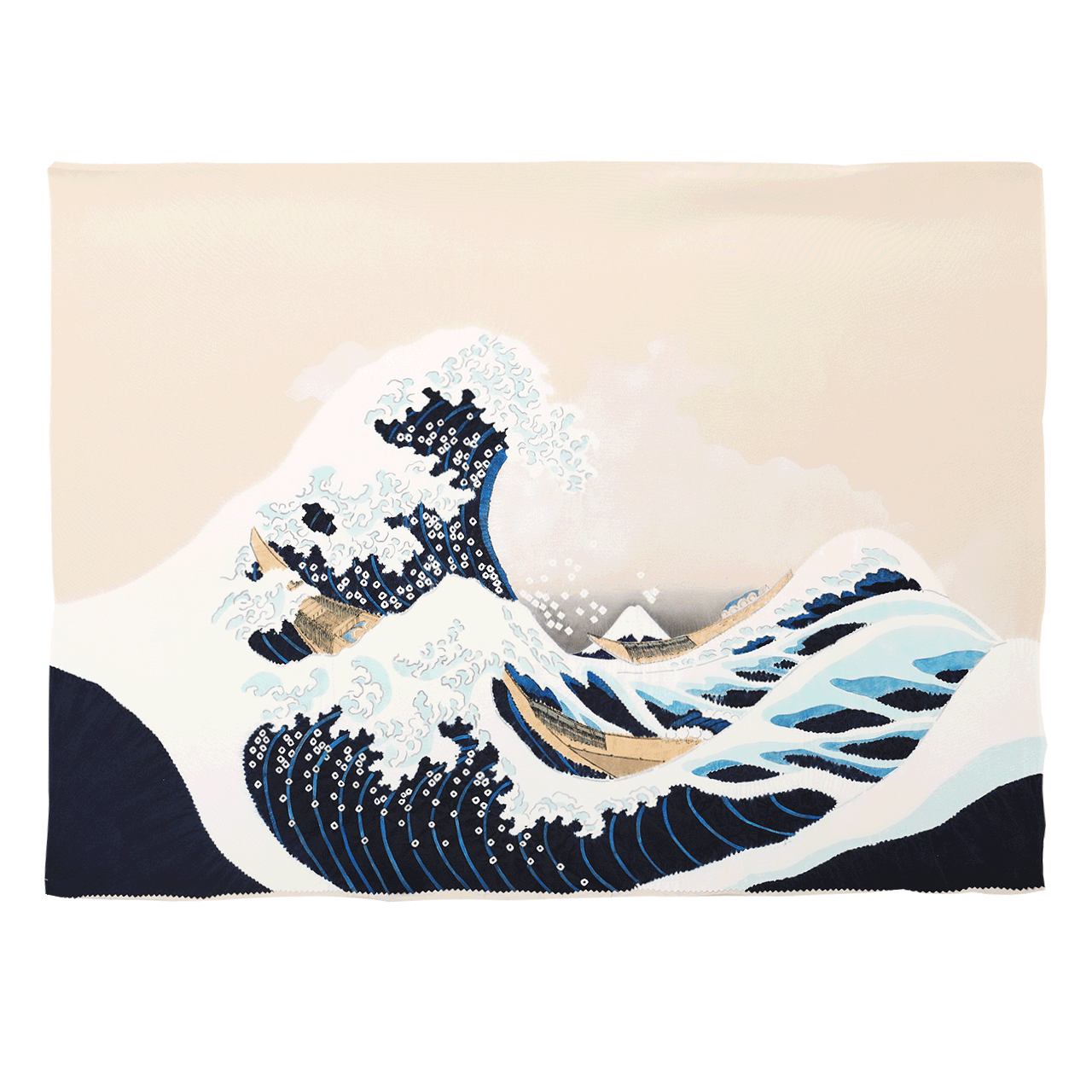 額裏
額裏
 肌着
肌着
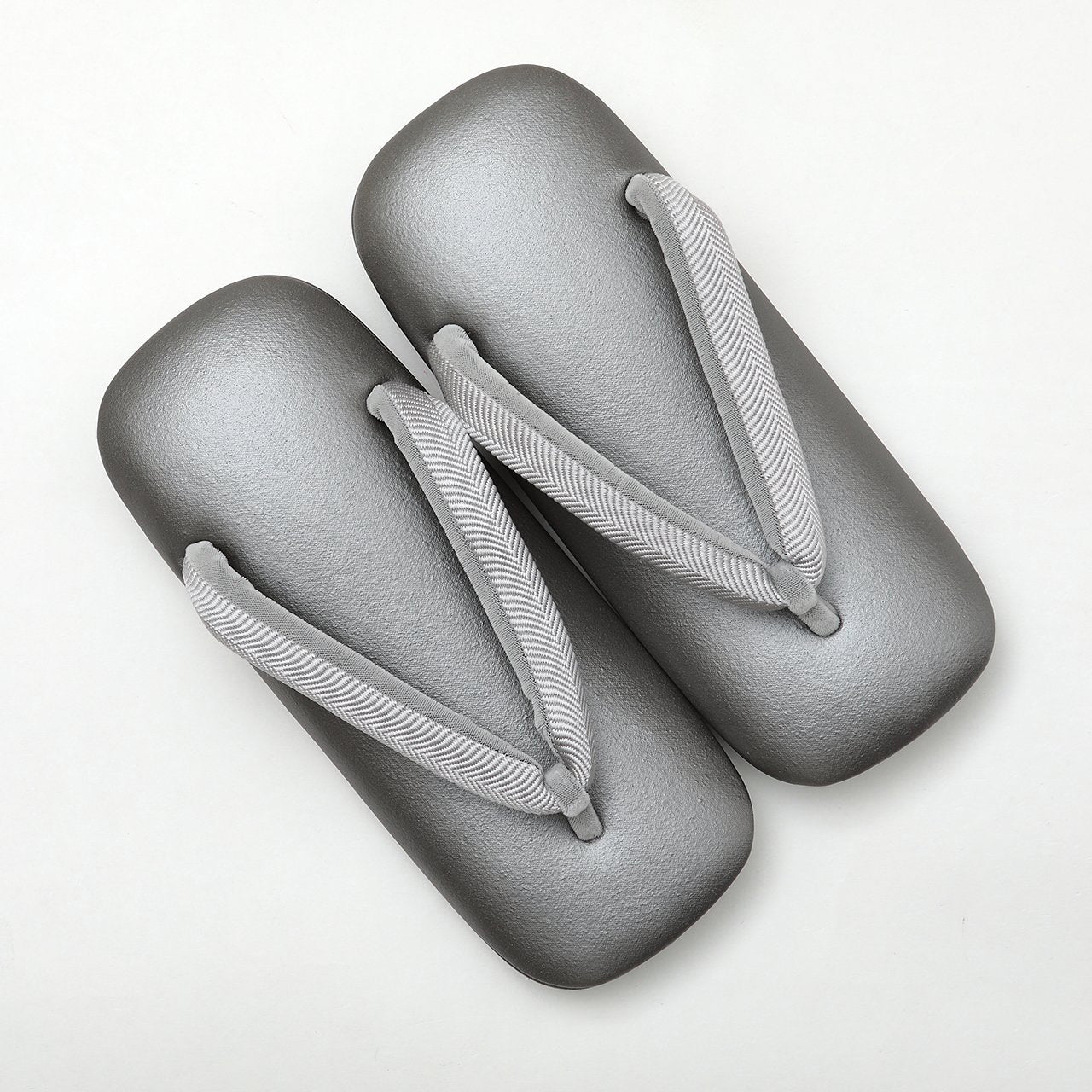 履物
履物
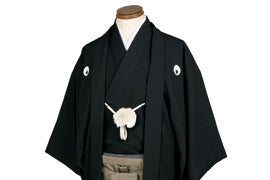 紋付
紋付
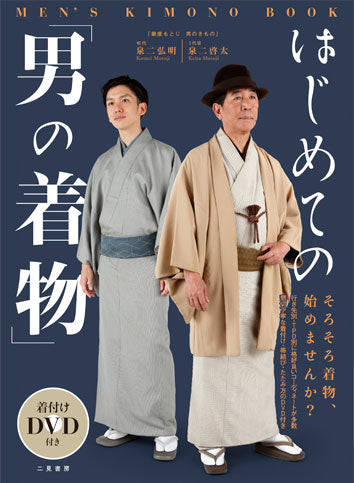 書籍
書籍